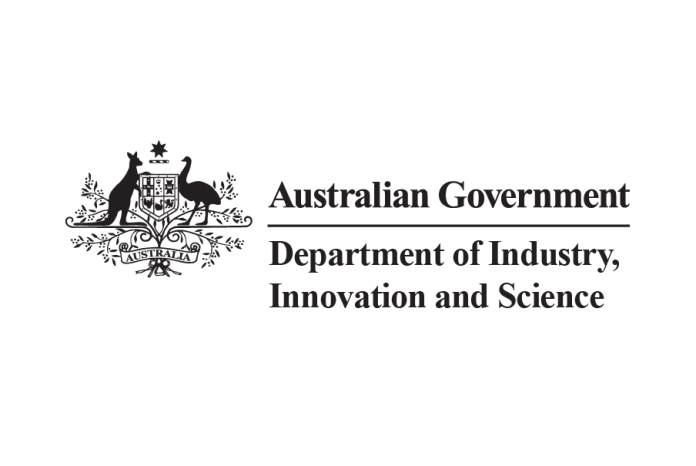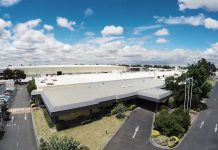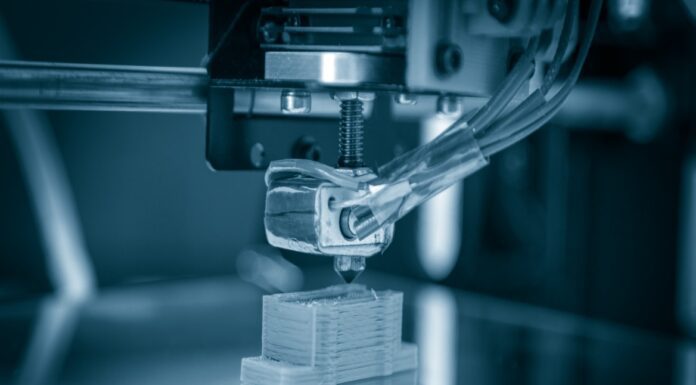
The Australian Space Agency and the Japan Aerospace Exploration Agency (JAXA) have signed a Memorandum of Cooperation (MOC) to increase space collaboration and support economic recovery from the COVID-19 pandemic.
The MOC was signed by Prime Minister Scott Morrison and his Japanese counterpart Shinzo Abe at the Australia-Japan Virtual Leaders Meeting held last Friday.
Minister for Industry, Science and Technology Karen Andrews said the move would open the door for local innovators and help in Australia’s mission of ‘growing our connected, respected and globally competitive space industry’.
“This signing builds on already strong cooperation in space between Australia and Japan over more than 20 years, including the trials of the Japanese Automatic Landing Flight Experiment at Woomera in 1996, the launch of Australia’s FedSat in 2002 and the return of Hayabusa1 in 2010,” the Minister continued.
“Further leveraging connections with countries such as Japan will be vital to growing our space industry, which will be one of the key industries that drives Australia’s economic recovery from the COVID-19 crisis.”
The Australian Space Agency is collaborating with JAXA on a string of activities, including the planned return of JAXA’s asteroid explorer Hayabusa2 which is being undertaken in collaboration with the Department of Defence, Defence Science and Technology Group (DST) and CSIRO.
Dr Megan Clark, Head of the Australian Space Agency, said the signing would allow the two parties to pinpoint new areas of cooperation in space technology, applications, education and outreach.
“JAXA’s experience in space missions and deep expertise, space communication, precise positioning, robotics and education make them an outstanding strategic partner for Australia,” Dr Clark said.
“We have already seen the benefits of international collaboration through opportunities like Kibo-ABC, enabling industry, researchers and students to be involved in innovative experiments in the unique microgravity environment of the International Space Station, including robot programming challenges and growing seeds in space.”




















